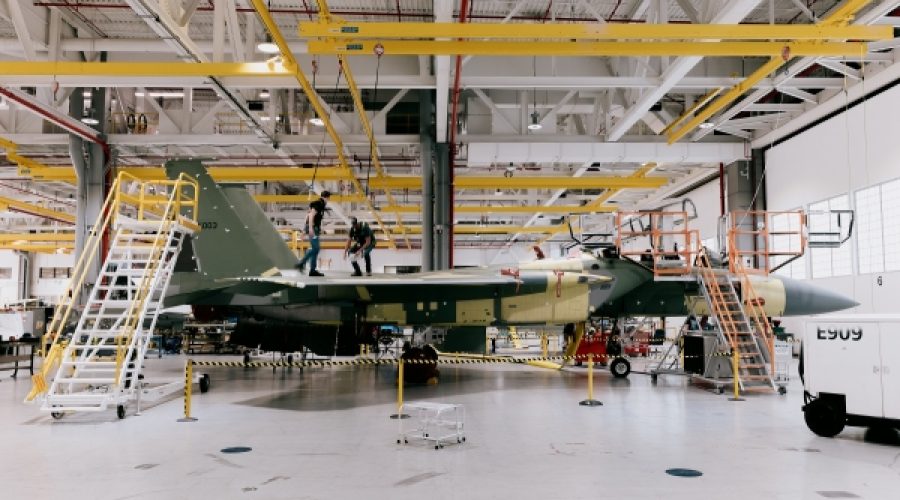Strike by Boeing Fighter Jet Workers: What It Means for Aerospace Investors and Suppliers
About 3,200 machinists involved in the production of Boeing fighter jets in the St. Louis area initiated a strike on Monday after failing to reach a contract agreement with the aircraft manufacturer. This action marks the first strike in nearly 30 years by the local chapter of the International Association of Machinists and Aerospace Workers (IAM District 837).
The union rejected Boeing’s proposed increases in wages and retirement contributions. The previous strike by this union local occurred in 1996, lasting 99 days. Tom Boelling, the lead official of IAM District 837 in St. Louis, emphasized in a statement that the members “deserve a contract that reflects their skill, dedication, and the critical role they play in our nation’s defense.”
Last week, Boeing reported a record $22.7 billion in revenue for its most recent financial quarter, the highest quarterly revenue figure in six years. Despite this, the company recorded a loss of $612 million for the quarter, reflecting ongoing challenges following a series of significant setbacks over recent years. Notably, Boeing faced a crisis last year after a poorly installed panel detached during a Boeing 737 Max flight, with the Max model previously involved in two fatal crashes in 2018 and 2019.
Dan Gillian, vice president of Boeing Air Dominance and senior executive at the St. Louis facility, expressed disappointment that employees declined an offer including 40% average wage growth and resolution of key concerns about alternative work schedules. He added that Boeing had prepared for the strike and fully activated its contingency plan to maintain customer support through its nonstriking workforce.
The St. Louis machinists contribute to the assembly of fighter jets such as the F-15 and T-7 training aircraft, as well as manufacturing parts for Boeing’s 777X commercial jets. Comparatively, a prolonged strike last year involving 30,000 Boeing employees nearly halted production of the 737 Max, far exceeding the size of the current St. Louis strike.
This report originally appeared in The New York Times.
Special Analysis by Omanet | Navigate Oman’s Market
The Boeing machinists’ strike signals potential supply chain disruptions and increased costs in aerospace manufacturing, highlighting vulnerabilities even in large, revenue-strong companies. For businesses in Oman, especially those linked to defense or aviation sectors, this raises the importance of diversifying suppliers and seeking local expertise development to mitigate risks. Smart investors and entrepreneurs should consider opportunities in supporting alternative manufacturing solutions and enhancing workforce engagement, anticipating ripple effects from global labor disputes.



